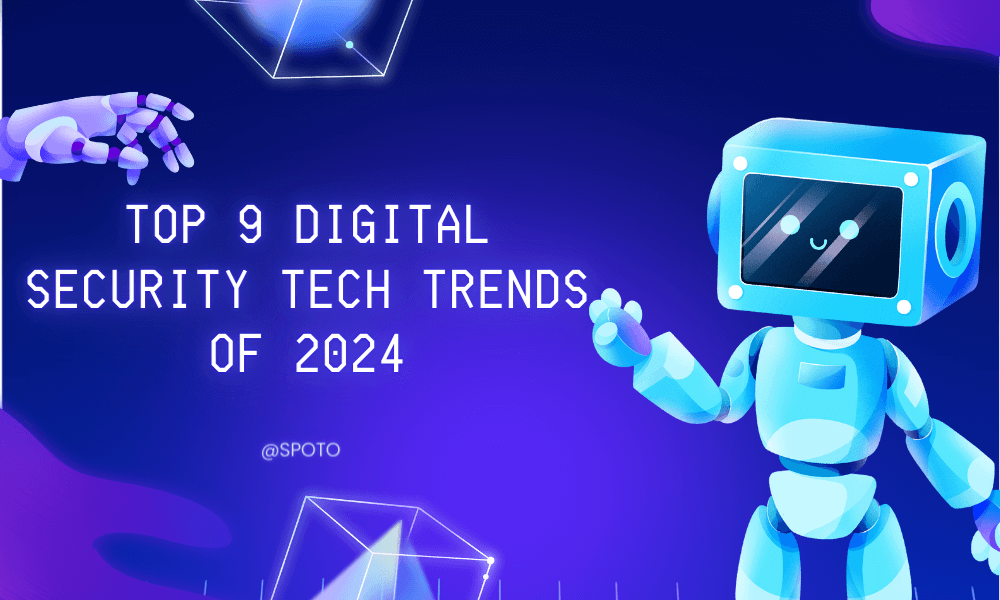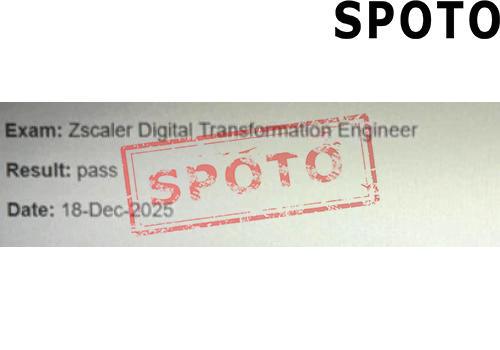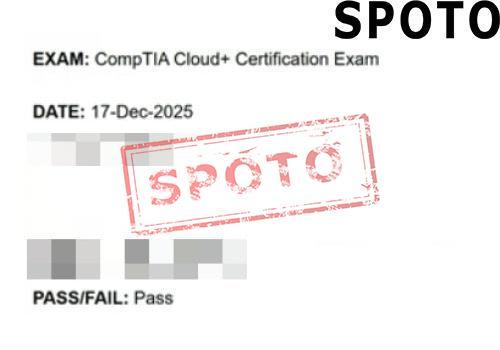
In 2025, a pivotal year marked by unprecedented technological advancements, the landscape of the cybersecurity industry witnessed a seismic shift. Not only did emerging technologies like ChatGPT, quantum computing, and room-temperature superconductors captivate attention, but the year was also characterized by a dynamic interplay of global events such as local conflicts, cyber warfare, and economic upheavals. These events have left an indelible mark on the cybersecurity sector, shaping its trajectory in profound ways.
1. Security Large Language Models (Sec-LLM)
The explosive growth of Large Language Models (LLMs) in 2025 marked a paradigm shift in security operations. Dozens of security enterprises unveiled security platforms built on large models. According to Forrester's 2025 report, the emphasis shifted from generic large models to those tailored for specific security applications. Noteworthy players such as Microsoft Security Copilot and Google Cloud Security AI Workbench demonstrated the capabilities of large models in enhancing detection efficiency and response coordination, particularly in security operational scenarios.
2. Artificial Intelligence Security
While Security Large Models dominated predictions, the flip side of AI security took center stage. Concerns arose regarding the security of AI systems themselves. In response, organizations actively implemented AI application security tools, privacy-enhancing technologies, and ModelOps. HiddenLayer and ProtectAI emerged as key players, addressing the challenges associated with the widespread adoption of large models.
3. Data Security Continues to Reign Supreme
The value embedded in data, recognized as the fifth factor of production, fueled an unrelenting focus on data security. Notable funding rounds were observed globally, with companies like OneTrust and HoinTech leading the charge in data privacy and compliance governance.
4. Ransomware as a Dominant Threat
Ransomware solidified its position as one of the most significant threats in the digital realm, impacting organizations from data disruption to economic losses. Sophos' 2025 Ransomware Threat Report revealed alarming statistics, with 66% of organizations experiencing ransomware attacks in the past year. Defending against ransomware demanded comprehensive security systems, with companies like Halcyon.ai and AsiaInfo Security at the forefront.
5. Network Warfare and APT Protection
The escalating prominence of digital weapons, coupled with their cost-effectiveness and quick implementation, underscored the critical need for advanced persistent threat (APT) protection. 360 Cybersecurity, Kaspersky, and CrowdStrike emerged as leaders, combining capabilities such as comprehensive cybersecurity data, threat intelligence, and expertise in real-world cyber defense.
6. Integrated Endpoint Security Solutions
As businesses embraced digitalization, the boundaries between business, network, operations, and security blurred. Integrated endpoint security solutions became a necessity, balancing security operations, management, and administration. 2025 witnessed comprehensive strategies from leading companies such as 360 Cybersecurity and AsiaInfo Security to meet the diverse needs of businesses.
7. Software Supply Chain Security in Focus
Recognizing the software supply chain as both a vulnerability and a defense mechanism, 2025 saw a heightened emphasis on software supply chain security. Guidelines from the U.S. Cybersecurity and Infrastructure Security Agency highlighted the importance of managing and mitigating risks in software development practices. Synopsys and Mirror Security emerged as key players, offering DevSecOps-integrated application security platforms.
8. XDR/TDR Transforms Security Operations
Transitioning from Security Operation Centers (SOCs) to real-time response capabilities, XDR/TDR ushered in a new era of security operations. The capabilities of XDR/TDR were recognized by Gartner in its 2025 market guide. Leading companies like CrowdStrike and 360 Cybersecurity embraced this trend, integrating attack surface asset mapping, threat intelligence, business-centric risk quantification, intelligent analysis, and multi-point intelligent response.
9. Security as a Service (SaaS) as a Game-Changer
Recognizing the challenges in building a comprehensive security operation system from scratch, organizations increasingly turned to Security as a Service (SaaS). This approach, exemplified by companies like Coro Security and Adlumin, offered high-quality, diverse, and easily deliverable security platforms. For small and medium-sized enterprises, SaaS emerged as a cost-effective solution, empowering organizations to efficiently navigate the digital world.
In summary, the predictions for 2025 span a spectrum of technologies and strategies, from AI and advanced attack defense to operational services. The cybersecurity industry continues to evolve in response to the complex interplay of technological progress and societal needs, reaffirming the perpetual theme of balancing development and risk for the collective advancement of humanity.










